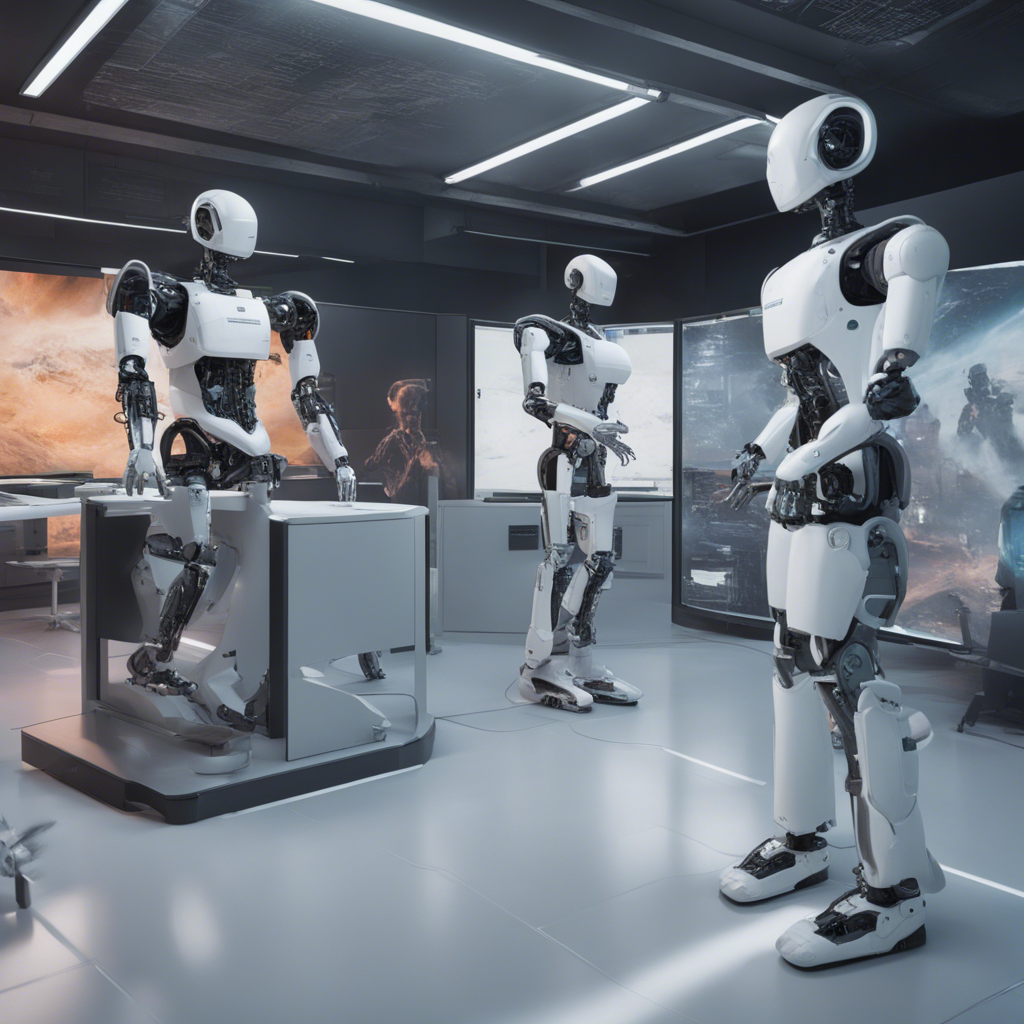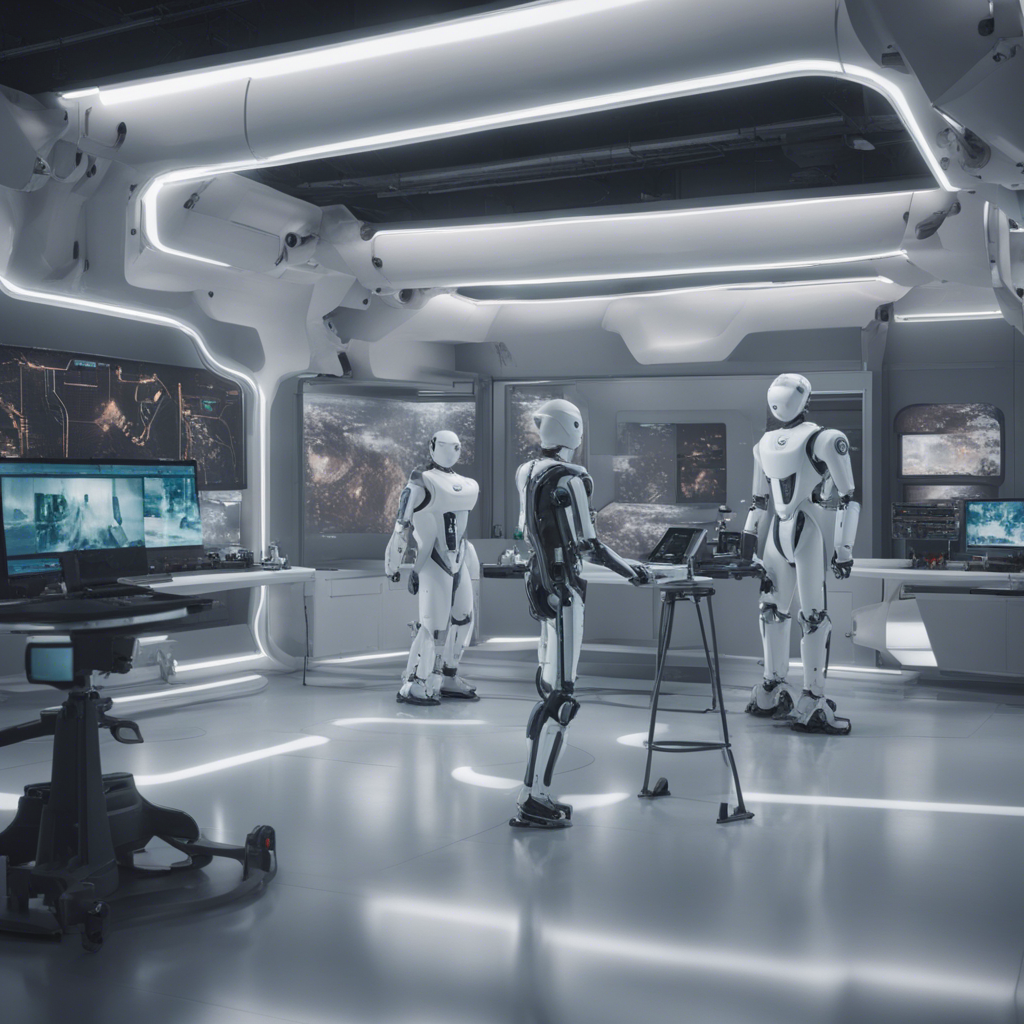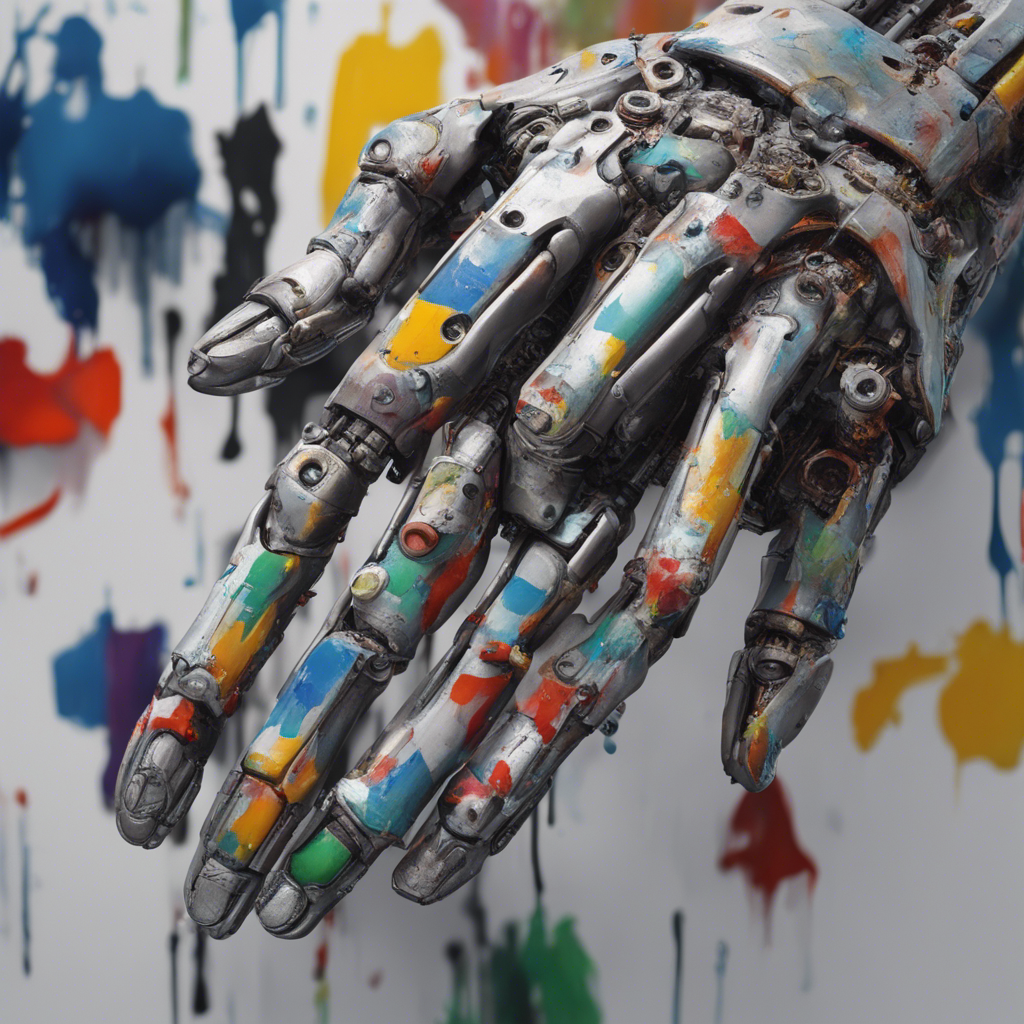
The Role of Reinforcement Learning in Modern Robotics
Introduction
In recent years, there has been a significant development in the field of robotics, thanks to advancements in artificial intelligence (AI). One particular branch of AI that has revolutionized modern robotics is reinforcement learning (RL). Reinforcement learning is a technique that enables robots to learn from their environment and make intelligent decisions to perform various tasks with minimal human intervention. This blog post dives deep into the role of reinforcement learning in modern robotics, discussing its applications, challenges, and future possibilities.
Understanding Reinforcement Learning
Reinforcement learning is a type of machine learning that involves an agent interacting with an environment and learning from the feedback it receives through rewards or punishments. The agent’s goal is to maximize the cumulative rewards it receives over a series of actions. By continuously exploring and exploiting its environment, the agent learns to make the most optimal decisions in different situations.
Applications of Reinforcement Learning in Robotics
-
Robotic Control: Reinforcement learning allows robots to learn complex control policies through trial and error, enabling them to perform precise movements and manipulate objects with dexterity. For example, RL has been used to teach robotic arms how to grasp and manipulate objects of various shapes and sizes.
-
Navigation and Path Planning: Reinforcement learning algorithms have been successfully applied in designing intelligent navigation systems for robots. RL enables robots to learn optimal paths in uncertain and dynamically changing environments. This is particularly useful in scenarios where traditional approaches like mapping and localization may be challenging or insufficient.
-
Task Automation: Reinforcement learning helps automate repetitive tasks that require decision-making. For instance, RL can be used to train robots to assemble products on factory lines or perform routine maintenance tasks in hazardous environments. This significantly reduces human involvement and enhances efficiency.
-
Robotic Sports: Reinforcement learning has found applications in training robots for sports and competitive activities. For example, RL has been instrumental in teaching robots to play soccer, basketball, and even table tennis. These applications demonstrate the capability of reinforcement learning to learn complex skills and strategy for successful gameplay.
Challenges and Limitations
While reinforcement learning has shown immense potential in modern robotics, it also comes with several challenges and limitations:
-
Sample Efficiency: Reinforcement learning algorithms often require a large number of trials or interactions with the environment to learn effectively. This can be time-consuming and costly when applied to physical robots. Techniques like transfer learning and curriculum learning are being explored to address this challenge.
-
Safety and Ethics: As robots become more autonomous, ensuring their safety and ethical behavior becomes crucial. Reinforcement learning algorithms can inadvertently learn undesirable actions or behavior patterns, which can pose risks to humans or the environment. Researchers are actively working on incorporating safety constraints and ethical considerations into RL algorithms to mitigate these risks.
-
Generalization: Reinforcement learning algorithms may struggle to generalize their learned policies to unseen scenarios due to their focus on optimizing immediate rewards. Adapting to novel situations or transferring knowledge from one task to another remains an active area of research in RL.
Future Possibilities
The future of reinforcement learning in modern robotics holds immense promise. Here are some potential directions that researchers are exploring:
-
Multi-Agent Reinforcement Learning: Extending reinforcement learning techniques to scenarios involving multiple interacting agents opens up new possibilities in collaborative robotics. Multi-agent RL enables robots to learn coordination, cooperation, and communication strategies, leading to more sophisticated and versatile robotic systems.
-
Exploration in Real-World Environments: Reinforcement learning algorithms often rely on simulators for training due to their sample efficiency requirements. However, transferring these learned policies to real-world environments can be challenging due to the differences between the simulator and the real world. Developing efficient exploration strategies that enable robots to learn directly in real-world settings is an active area of research.
-
Combining Reinforcement Learning with Other Techniques: Reinforcement learning can be complemented with other AI techniques like computer vision and natural language processing to enhance a robot’s perception and understanding of the environment. By combining multiple modalities, robots can become more capable of interacting with humans and performing complex tasks.
Conclusion
Reinforcement learning has emerged as a powerful technique in modern robotics, enabling robots to learn and adapt to their environments in a flexible and autonomous manner. It has made significant contributions to various applications such as robotic control, navigation, task automation, and even sports. Despite the challenges and limitations, ongoing research and advancements in reinforcement learning hold great potential for further innovation in robotics. The future possibilities are exciting, with multi-agent RL and integration with other AI techniques on the horizon. As technology continues to evolve, reinforcement learning will undoubtedly play a crucial role in shaping the future of robotics.
Note: This blog post is based on research and references from reputable sources including academic papers, research publications, and expert opinions in the field of reinforcement learning and robotics.






